On August 6, 1945 the United States dropped an atomic bomb over the city of Hiroshima, Japan. Three days later a second one destroyed Nagasaki. The Radiation Effects Research Foundation (a joint US/Japanese organization) estimates that between 90,000 and 166,000 people died in Hiroshima and another 60,000 to 80,000 in Nagasaki. Included in these figures are those who died due to the force and heat of the explosions as well as those caused by acute radiation exposure. Thousands more suffered lifelong damage from cancer and other associated radiation effects.
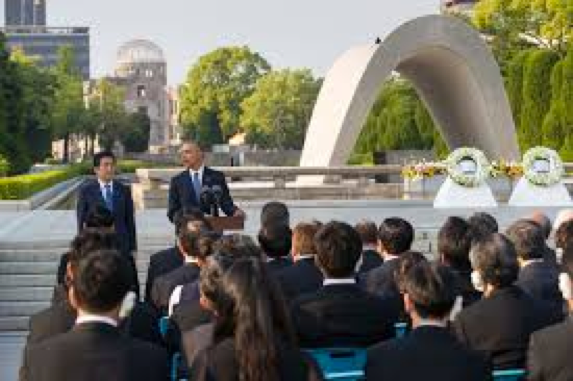
Until last week, in the 70 years since those horrific events, no American president had ever visited Hiroshima. Last Friday President Obama and Japan’s Prime Minister, Shinzo Abe, traveled together to the memorial site to pay their respects to the victims and remind the world of the horror of nuclear destruction. Their visit also reminded us that the bombing is still a minefield of conflicting opinions and triggered a predictable mixture of responses. It was the right thing to do but a no-win situation.
Critics on the left and right, American and Japanese, weighed in with their opinions and biases on the purpose and appropriateness of Obama’s remarks. There were calls for an American apology and anger that the Japanese attack on Pearl Harbor and Japanese cruelty throughout Asia were not mentioned. Mr. Obama navigated those shoals cautiously and comported himself with a dignity and humility befitting the occasion but not without criticism. Supporters recognized him for his courage and doing what no other president had done. Opponents characterized his remarks as capitulation and an “apology” though none was given.
I was 7 years old when those bombs fell. I remember the excitement in the streets ten days later, on August 15, 1945, when Japan announced its unconditional surrender. I remember my parents taking me to downtown to be part of Seattle’s spontaneous V-J Day celebration. I remember that the streets were jammed with people celebrating and that confetti was streaming from office building windows. The “yellow peril” had been defeated. The war in Europe had ended in May, and, with the defeat of Japan, America and its allies could look forward to bringing the troops home and rebuilding the US economy.
I didn’t understand what all that meant when I was 7, but I had no trouble grasping the significance of the occasion. There are not many of us left who were around for those celebrations in 1945. Universally, America was relieved that the war was over and our enemies defeated. We thought America was justified in dropping the atomic bombs. We believed that they had hastened the end of the war. We ignored or played down the fact that most of the Japanese dead were civilians. Early reports of the devastation were focused almost entirely on the physical destruction of the two cities.
A year later, in August of 1946, The New Yorker devoted an entire issue of the magazine to John Hersey’s 31,000-word article on six survivors of the Hiroshima attack. Hiroshima was a groundbreaking work and a forerunner to the New Journalism – similar to Truman Capote’s 1965 bestseller In Cold Blood in its blend of a fictional storytelling-style combined with factual reporting. Three months after The New Yorker article, Alfred A. Knopf published the book. It has been continuously in print and a touchstone for anti-war and nuclear holocaust debates ever since.
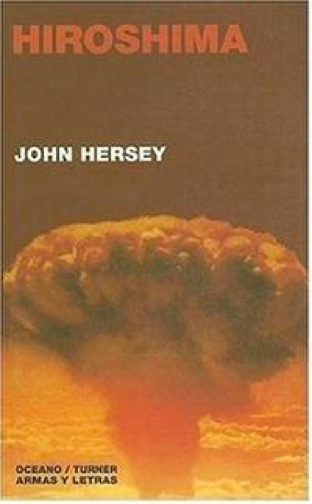 Hersey’s six interviews are credited with humanizing the disaster and moving the nuclear debate from a science-based cost/benefit analysis to a moral/ethical one, but 20 years later Hersey himself conceded that the collective memory fades with time. In the 1986 Summer/Fall issue of the Paris Review he acknowledged as much in an author interview:
Hersey’s six interviews are credited with humanizing the disaster and moving the nuclear debate from a science-based cost/benefit analysis to a moral/ethical one, but 20 years later Hersey himself conceded that the collective memory fades with time. In the 1986 Summer/Fall issue of the Paris Review he acknowledged as much in an author interview:
“The demonstrations at Hiroshima and Nagasaki were so powerful that we have been able, so far, to extrapolate from them what it would be like to have a much bigger bomb dropped on a center of population. But if memory had been fully active, fully functional, we would long since have had some agreement on the use—or rather the nonuse—of these weapons, some curbs on their manufacture and deployment. For some, the memory is certainly still there; but it seems to me very spotty in the centers of power. A Caspar Weinberger or a Richard Perle, it seems to me, must never have grasped the meaning of the Hiroshima bomb, the way they go on about a future with bigger and better nuclear weapons. In the Soviet Union, there’s probably very little memory of it. The control of information there is such that I wonder how many really know what happened in Hiroshima. Then, you have to remember that two generations have come along since the bombs were dropped. A very large number of citizens of this country, of every country, have no memory at all of what happened. The memory isn’t even there.” (It seems prescient that in 1986 Hersey named Richard Perle, an architect of the 2003 Iraq invasion, as one who failed “to grasp the meaning” of the Hiroshima bombing.)
Hersey died in 1993, but he would not be surprised to learn that Donald Trump is posturing about the use of nuclear weapons in the heat of the current election campaign or officials at Homeland Security are reminding us that it is possible to construct a suitcase-sized bomb with the same potential as the Hiroshima and Nagasaki bombs. Our nuclear memory is gone. We remember the pictures of 9/11 but the newsreels of Bikini Atoll and Hiroshima are decaying in the archives and those of us who saw them are a dwindling minority.
I admire Mr. Obama’s courage. He didn’t put the Hiroshima debate to bed, but he showed up there to remind us of our past and to advocate for a nuclear-free future. Sadly, though he tried to walk a tightrope and address the concerns of his audience, closed minds, divergent opinions, and political agendas made that impossible. What his visit did do was remind us of the horrors of nuclear war, and tacitly acknowledge our responsibility in bringing the war in the Pacific to an end that way. The tactical, strategic, and moral arguments surrounding those bombings will never be settled, but they are on the table in case such terrible circumstances and questions are ever considered again.
I’ve always believed that art can be a bridge to understanding complex material. Today I watched Alain Resnais’ 1986 film Hiroshima mon Amour about a French actress and a Japanese architect who use Hiroshima and their relationship as the backdrop for a long discussion about forgetfulness and memory. Originally, Resnais planned a documentary about the bombing and aftermath of Hiroshima, but Marguerite Duras (The Lover) convinced him he could tell the story more effectively as a love story. Her script, like the six characters in Hersey’s book, uses a human relationship to personalize the larger questions.
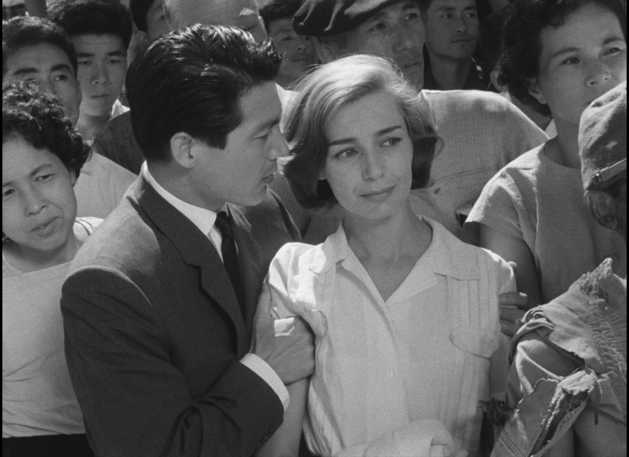
I applaud President Obama’s courage and diplomacy as illustrated by his visit to Hiroshima. After all, he was not the president who made that awful decision but he recognizes that America has a collective responsibility to address it in the larger context. It is unquestionable that Truman’s decision to use the bombs was more difficult and arguably more courageous, but in the interest of healing an old wound I don’t hesitate to use the word courageous in this instance.





























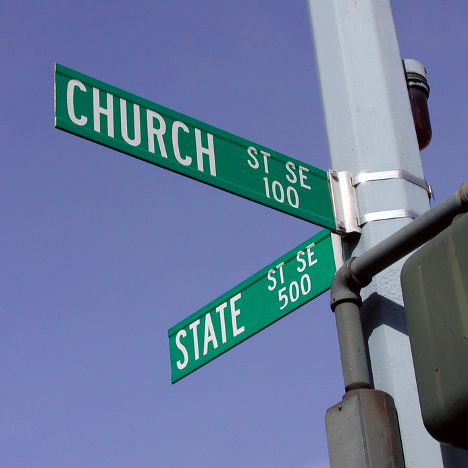
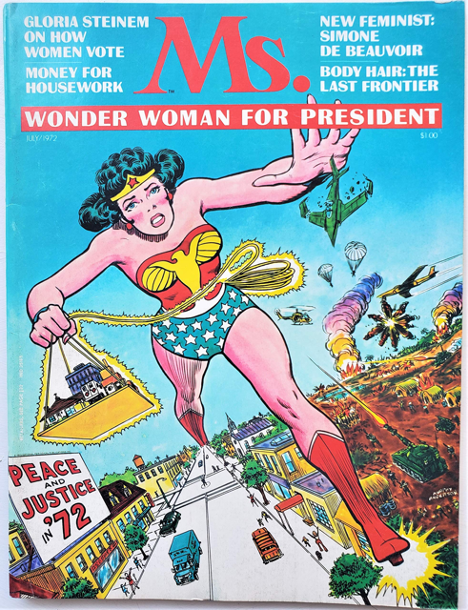

Thank you for your insights. Everyone should read this!